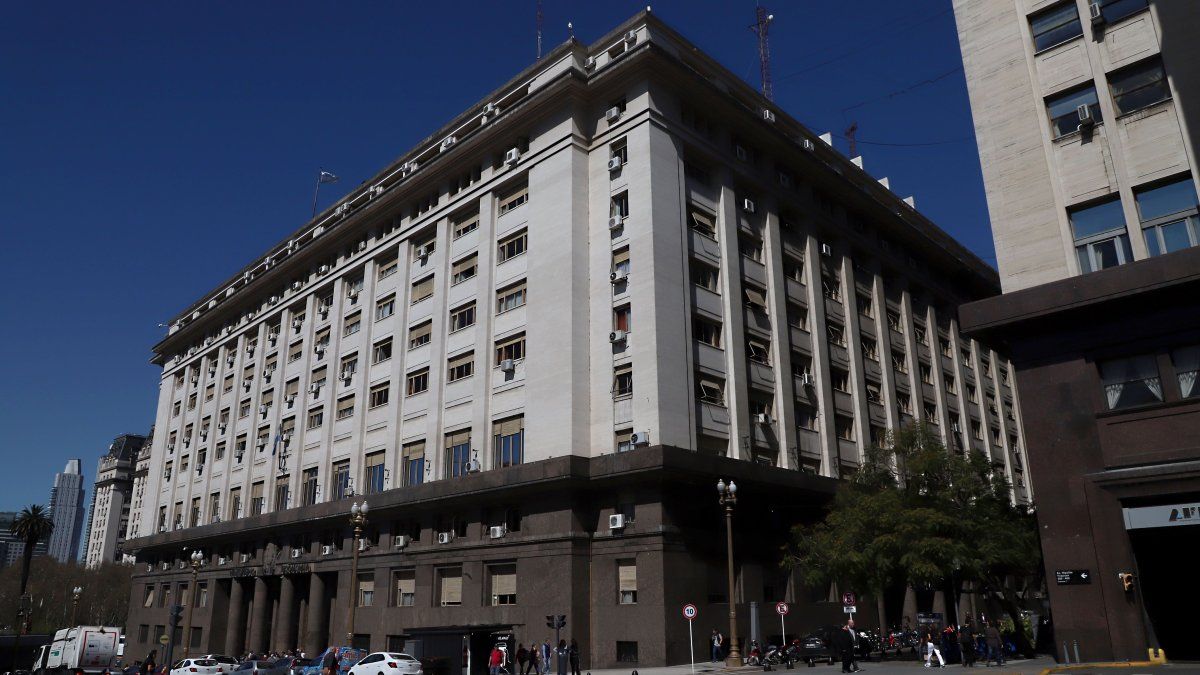To understand the magnitude of the influence of cooperatives, it is worth mentioning that 12% of the world’s population is associated with one of the 3 million cooperatives worldwide. Only in Argentinahave more than 300,000 workers and market products and/or services to more than 20 million associates and users.
In it Annual Program Monitoring Report National Institute of Associativism and Social Economy (INAES) published in March 2023 reported that 79% of cooperatives are Work Cooperatives, while 6% provide public services; housing and construction 4.4% and agriculture 4.2%. At the national level of all entities, Almost 56.7% are located in the central region, being Buenos Aires which brings together the largest number of entities and second place is the city of Buenos Aires.
The explanation for the magnitude that the social economy gained is based on what the ACI reports: Cooperatives are focused on service provision, so by not seeking to maximize their profits they allow more affordable prices for the rest of the population. The great growth in the number of cooperatives is then explained by understanding the economic emergency that the country is going through and the need for people to associate to satisfy needs that traditional capitalist companies do not see as profitable to satisfy.
Many of these cooperatives are founded and managed by the very people who need the provision of the service, who needed a job given that the labor market today excludes those who do not sell their labor at minimum prices and may not have knowledge about the requirements. presentation of documentation required by the state.
In this sense, one could think that the fact of a delay in the presentation of a balance sheet does not seem to be a sufficient reason to suspend the activity of a company, fundamentally considering that it does not happen for non-cooperative companies (even allowing companies that violate BCRA regulations to continue operating). It is also necessary to highlight that cooperativism is a movement, so the fact that cooperatives share members should not be a surprise.
People who feel part of the cooperative movement in general They tend to associate with other cooperatives, following the international cooperative principles of association between cooperatives (and between cooperators). In this way, the sense of community is sustained, the bond of solidarity between people, which Adam Smith, cooperative version, develops with “the mechanism of sympathy” in Theory of Moral Sentiments.
Tax?
The year was 2018, the lioness commanded the Province of Buenos Aires, “The 2016-2019 period was characterized by an important adjustment in social areas, in a context ofe economic crisis during the last two years of this. Likewise, a good part of the adjustment was allocated to the payment of the public debt, which, far from enhancing management, ended up limiting the government’s margin of action.”, gives us an idea that the species does not matter, what is relevant is still the economic policy executed: economic growth with or without inclusive or very exclusive money.
The particular thing about the year 2018 is that, given that lack of resources, Given the national policies that economically conditioned the province of Buenos Aires, it obtained this financing via real estate taxthis is how as of January 1, 2019 it increased by 38%, both for urban and rural areas.
During that year, the tax increase was 56%. “With this increase, 76% of urban real estate will pay an average increase of $63 per month with a ceiling of $99.” In the case of rural properties, what happened was that “small producers will continue to be exempted up to 50 hectares and the billing level will be updated to be up to $4.8 million.”
Minister Sarquís, second of Lacunza in the Province of Buenos Aires, gave an example for the rural case: “from 63 to 99 pesos per month (per hectare).” From which a question arises. Is paying a tax increase for an apartment or house the same as paying a tax increase for an hectare? How many houses fit into one hectare? One hectare (100mx100m) equivalent to a football field, that of Estudiantes de Buenos Aires, in Caseros. Which leads us to the fact that the treatment should be differential as ARBA currently proposes and not as the Leona did, making the buildings pay the highest cost (see table). .
The lion wants to raise the income tax Differences in Economic Policy between the PRO and LLA? None, raising taxes for the majority of people and lower taxes for minority sectors, is a debate that is settled with the numbers of who is going to pay and who is not.
To do this, we have reconstructed the rural property tax from two provinces in the central region: Entre Ríos and Buenos Aires. As Arturo Jauretche said, there are big nonsense, and economic ones too, let’s analyze: Tax pressure (revenue/GDP). During the period 2016-2019, it went from 30.7% to 28.5% of GDP. Result? change of government; period 2020-2023, it went from 29.7% to 27.9% of GDP Did lowering tax pressure have optimal social results? No, and we can corroborate this with the poverty data (2023) in both periods. Perhaps the problem is in the distribution, discussing differential taxes as was done at some point in the 2020-2023 period.
But let’s go to the province of Buenos Aires and Entre Ríos, in the table constructed by IDEPI-UNPAZ taking the collection of each province for the period 2015-2023, we see:
- ANDRural real estate represents 57.3% of the total real estate in 2015 and 41.5% by 2023 in Entre Ríos. In Buenos Aires, for the same period, it represented 32.7% and dropped to 28.4%. The collection from this tax increased in those years, but the participation of Built and Vacant remained constant and growing, the latter mainly.
- Total real estate represents almost 19% of the collection in 2015, for the year 2023 it was 8.9%; In the province of Buenos Aires, in the same period, it was 5.7% and dropped to 5.3% in participation. But it had peaks in 2018/2019 and 2020 (pandemic).
- If we take only rural real estate over the total provincial collection, in Entre Ríos it went from 0.11% in 2015 to 0.04% in 2023; same period for the province of Buenos Aires it went from 1.9% to 1.5%; The highest collection peaks were in 2018/2019 and 2020 (pandemic) and then participation decreased.
So, Of every 100 pesos, during 2023, that the province of Entre Ríos collected, rural real estate contributed less than 1 peso, while those who paid for urban/suburban real estate contributed 5.2 pesos. In the case of the province of Buenos Aires, of every 100 pesos collected, rural real estate contributed 1.5 pesos, while buildings contributed an average of 4 pesos and vacant land with 3.3 pesos, with a strong increase in collection. starting in 2021. At the other end are the Gross Income in both provinces, which is the main tax.
But the Real estate collection is equivalent to what was collected from the automobile tax and not everyone has just one car, sometimes. To clarify that there is no tax in the province of Buenos Aires, as Girard (ARBA) says, “for 99.3% of rural items the increase will not exceed 200%. And almost 73% of them will pay, at most, $21,000 per month”, equivalent to a family promo pizza (2), empanadas (6) and soda (2).
73% of the items will pay between 140% and 180% increase, below the 2023 inflation was 211% and in the first months of 2024: January inflation was 254% and February 276%. Go down to? It does not seem to be anything other than sustained at levels above 200%, unless other variables lead us to an economic depression. But 26% of the games will barely pay 200%.
In Entre Ríos it is studying increasing 150% and 160% with a maximum of 190%, there is a 25% discount for full payment, in Buenos Aires there are 10% bonuses for the automatic debit payment system or joining for the first time. One detail, on 12/28/23 the Legislature of the Province of Buenos Aires approved by a large majority the Tax Law 2024 (N°15479), a healthy practice instead of using DNU.
In conclusion, fiscal adjustment measures continue and their main objective is to first defund the provinces that try to differentially obtain resources for management and finish works that the Nation left paralyzed. On the other hand, said adjustment impacts territorially and disorganizes other forms of organization such as cooperatives, The final objective is to cut the transfers made by the Ministry of Human Capital to the cooperatives to continue with the planned misery.
ruralreal estate.png
Source: Ambito
David William is a talented author who has made a name for himself in the world of writing. He is a professional author who writes on a wide range of topics, from general interest to opinion news. David is currently working as a writer at 24 hours worlds where he brings his unique perspective and in-depth research to his articles, making them both informative and engaging.




